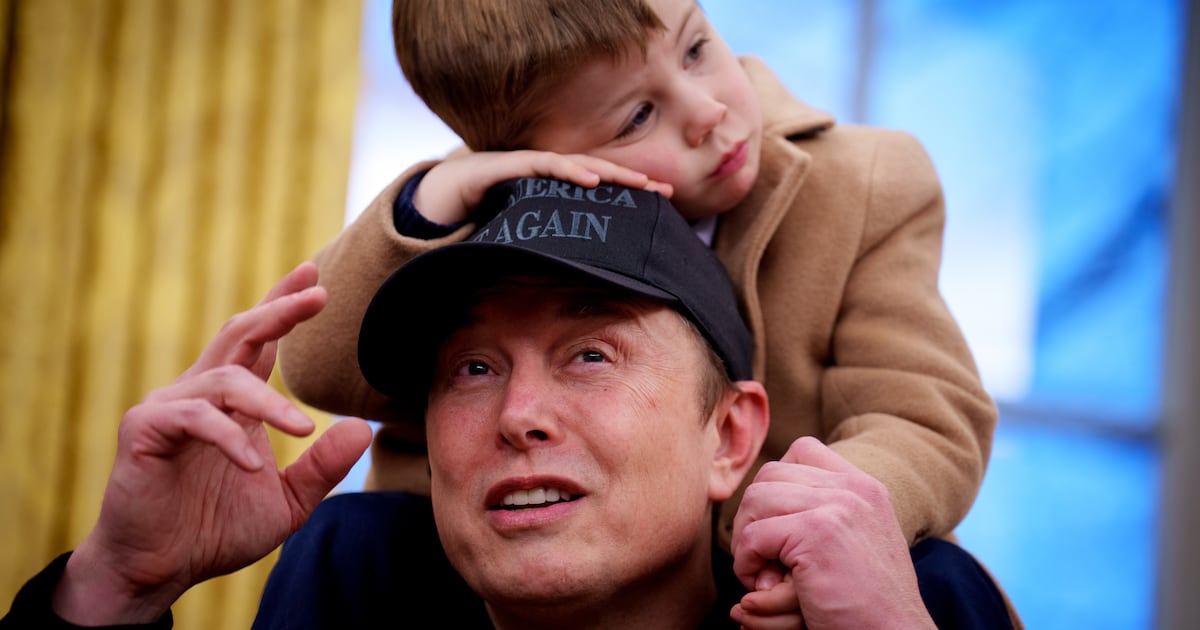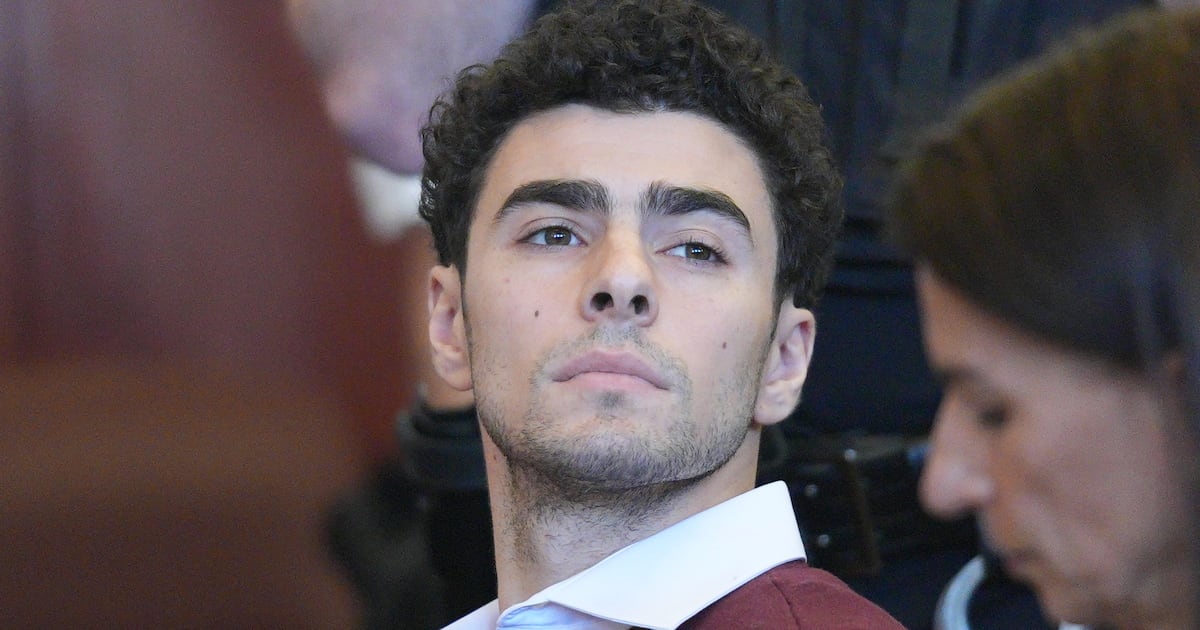Students at Horizon High School in El Paso, Texas, are gathered to hear their itinerary for the day: Active shooter at 12 pm. Hostage negotiation at 1:30 pm. Then a drug raid at 2:30 pm.
Located just 10 miles from the U.S. border with Mexico with a predominantly Mexican American student body, Horizon High School at once seems like the most likely and most surprising candidate for one of the country’s robust law-enforcement training programs, which seeks to prepare students and create a pipeline for careers in immigration control, the DEA, the prison system, and the police.
As explained at the start of At the Ready, the new documentary from director Maisie Crow that premiered at Sundance Jan. 31, there were more than 900 schools in Texas offering law-enforcement education in 2018, when the film was predominantly shot. El Paso, specifically, positions its schools’ programs as attractive to graduating teens.
It is the largest city on the U.S. and Mexico border, with one of the largest immigrant populations in America. It is also considered one of the safest cities in America. Law enforcement is one of the few career options in El Paso with wages comparable to the national average, starting at around $40,000 a year and often not requiring a college degree.
Among those around the country who enroll in law-enforcement education programs, the students at high schools like Horizon are put in particularly unique positions at a volatile time for the country, for their community, and in their own lives—they are still teenagers, after all.
Cristina is a recent grad of Horizon’s Criminal Justice Club, which trains in everything from the proper way to handcuff a suspect to paramilitary maneuvers. It teaches its members how to hold a gun and draw it on an active shooter and engages them in philosophical debates about policy and especially immigration. The $50,000 starting salary for a border control job is enticing to her.
Her family has no problem rationalizing her career ambitions against their experience as immigrants from Mexico. “I think that they go to work for the U.S. to protect us from bad things like cartels, the drugs that enter this country,” her father says. “They can save the life of an immigrant that’s not going to make it, that’s dying because of the weather conditions. For me that is good work. That is positive.”
But Cristina’s training program intersects with Trump’s family separation policy and news reports about children in cages and detention centers. When she witnesses a deportation bus pull in filled entirely with young children, all without their parents, she’s distraught and questions her career choice.
Mason joined the Criminal Justice Club because of the structure and sense of family it provided. (Mason is known as Kassy in the film. Since production ended, he’s come out as transgender and uses he/him pronouns.) His parents are divorced and his father is a truck driver whose day starts at 2 am. He is alone at home. He also is hiding from his family that he identifies as part of the LGBTQ+ community. The club doesn’t just give him a career purpose; it helps him feel less alone. But as a Beto O’Rourke supporter devastated by his loss to Ted Cruz in 2018, Mason also questions whether he has the stomach for a career enforcing policies he fundamentally disagrees with.
And then there’s Cesar, whose sense of responsibility to his family and to the younger brother he cares for while his mother works is at odds with the potential the advisors and teachers in the Criminal Justice Club see in him. His father was deported following a drug arrest and now lives in Juárez, Mexico. It was while crossing the border to see him that an immigration agent stopped Cesar to ask if he had any interest in pursuing a border patrol career.
It takes some mental gymnastics to understand the logic and the justifications these students and their families use to support careers that would presumably represent a conflict of interest, or even an affront to their communities, safety, and status in this country. At the Ready shines while exploring the nuances of that and spotlighting the life decisions and monumental concerns facing people at the outer ripples of a boulder dropped in the water: the country’s immigration debate.
The immigration debate is one of the most consequential issues in America today, but facets of it extend so much further than policy and deportation. Here are young students faced with decisions about the kinds of careers they can lead in the circumstances of where they live, and how pursuing that career might run counter to their very identity and heritage.
These kids are being recruited by border patrol representatives while they have family members who are being deported. Yet the border is also their home and they want to protect it. Cristina recounts a conversation she had with an agent about the pros and cons of his career: “Being Latino and living in the border city, civilians see us as the enemy and they don’t see the good we provide for the community.”
It’s easy to see why this is an exciting career path for the students, outside of the financial stability. There’s danger. There’s exhilaration. One student compares it all to a video game.
Watching them train in their tactical gear is surreal. It’s jarring to see these children—and they are just children—sprinting through the hallways with fake guns and riot helmets. Some of their frames are so youthful and slight that the bulletproof vests barely have shoulders to cling onto.
There are those who will be shocked that these drills and scenarios that the Horizon kids are training for—law enforcement agents judge how smoothly they handle staged emergencies, like active shooters—exist within the confines of a school.
That point is driven home as the Criminal Justice Club choreographs a shootout, screaming “Bang! Bang! Bang!” as they move in on a fake perpetrator in the halls of their high school, while other students and their backpacks walk by trying to avoid the melee. In one sequence, they’re apprehending a “shooter” while the school custodian mops the floor several feet away. One adviser, a former police officer, repeatedly uses the phrase “light ‘em up!” to describe how they’d greet a suspect with their guns drawn.
But the point At the Ready makes is that the viability of these programs and their supposed usefulness is inextricable from place, creating an inherent tension for these young Mexican American students.
The film was shot as the 2018 migrant caravan made its way from Central America to the U.S. border, triggering a polarizing political meltdown as politicians, activists, and citizens debated force vs. policy vs. humanity in how to handle them. Xenophobia and racism escalated. Rhetoric from the White House was horrifyingly charged and violent.
When all of this is debated in Criminal Justice Club, Mason, the star student, becomes detached. “I wasn’t really participating in the debate because they weren’t discussing them as people,” he says. “They were discussing them as pests.”
These kids are trying to figure out who they are as they’re being put on a path—you’re left wondering how much government propaganda plays into their enthusiasm to pursue law-enforcement careers—while they’re still trying to figure out who they are and what they believe in.
Like in so many different areas of the immigration debate, you’re left with an upsetting aftertaste: They’re just kids. Kids who are pretending to disarm and incapacitate an active shooter in a hostage situation. But kids nonetheless.






